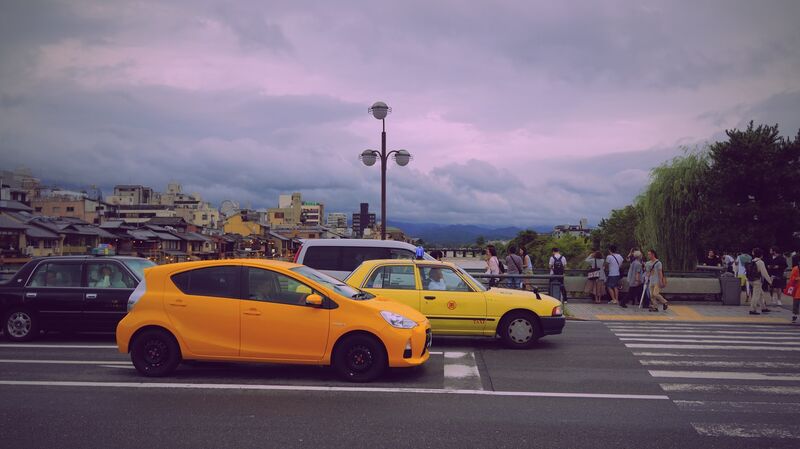
As a designer for a Title II entity under the Americans with Disabilities Act, I look at things a little differently now. As I drive around areas that have on-street parking I notice cars parking at the crosswalk. This is an easy design flaw to correct with a No Parking sign or a little striping. We have pedestrian crossing signals but vehicle behavior is scary to watch at best. Drivers might run a red light, be texting or just distracted in general.
In some neighborhoods you see large scrub in the sight distance triangle, making it harder for drivers to see oncoming traffic. This forces the driver to pull out past the shrubbery. And if it is hard for the driver just think of someone using a wheelchair or a child trying to cross a street. With that being said, let's show a few sight distance scenarios.
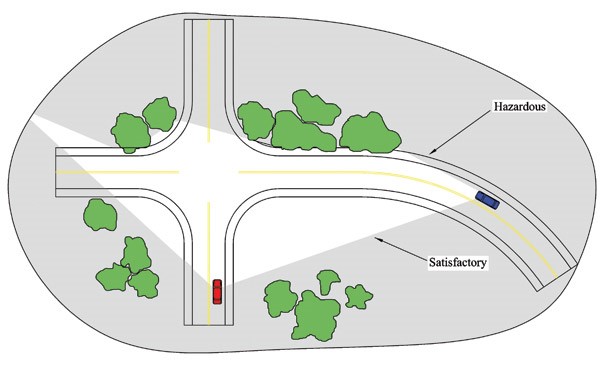
The following images came from the American Association of State Highway and Transportation Officials (AASHTO) and show line of sight from a pedestrian view point.
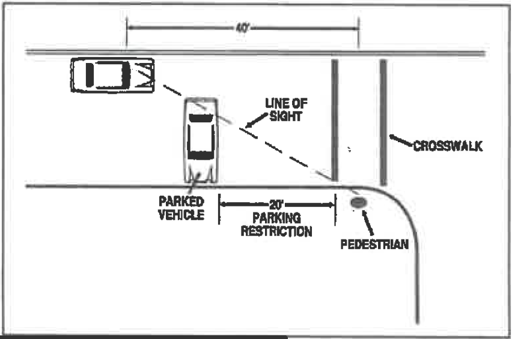
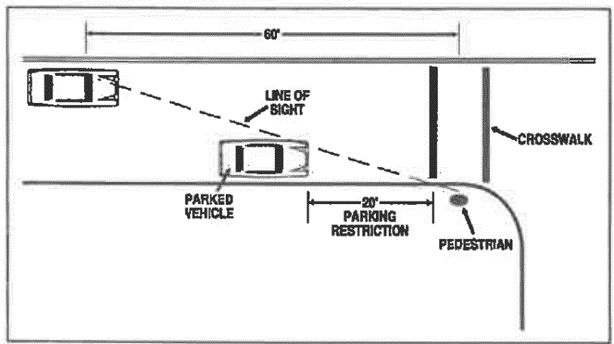
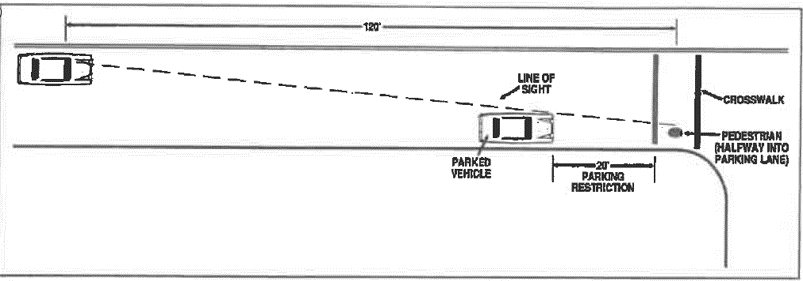
This over grown tree is a line of sight problem but easily fixed by trimming the bottom portion up.
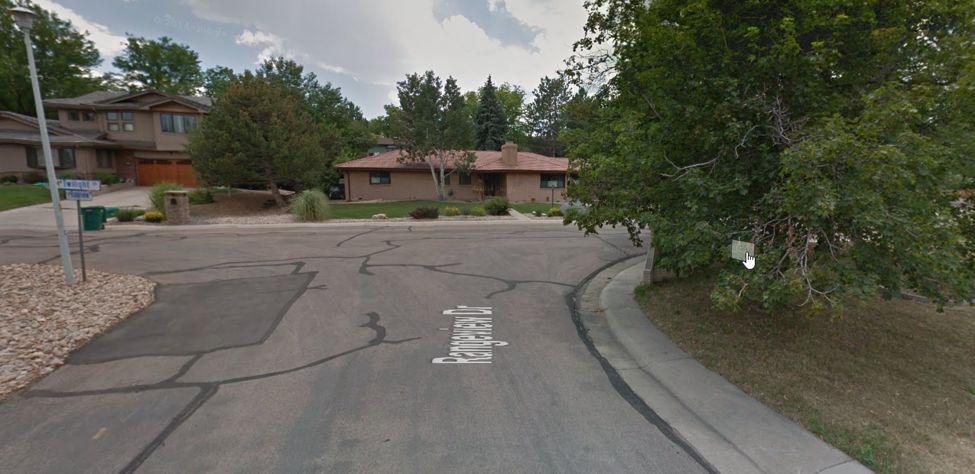
Not only is the location within the urban area a determining factor in the type of on-street parking, but the type of roadway (major arterial streets vs. collector streets) must also be considered. Major arterial streets are wider, have higher speeds and may have parking prohibitions. Pedestrians are normally accommodated at marked crosswalks. Higher speeds of arterial streets may require additions to the parking restrictions.
Collector streets generally have a smaller width and lower speed than those of arterial streets. Collector streets tend to have more on-street parking and small neighborhood shopping centers. The neighborhood store located along the block face of a collector street poses a particular problem due to the high volume of pedestrian traffic and the desire of merchants to provide as much on-street parking as possible. More signage is often necessary near these shopping centers with particular attention given to sight distances for pedestrian crossings.
This blog post was written by RMADAC Brand Ambassador Kelly Rosson. Kelly is an Engineering Technician and ADA Title II Coordinator with the City of Wheatridge.